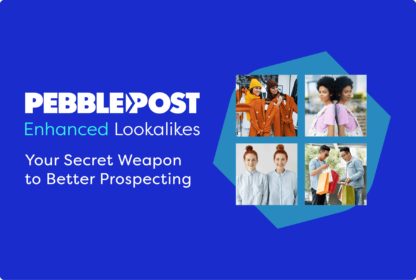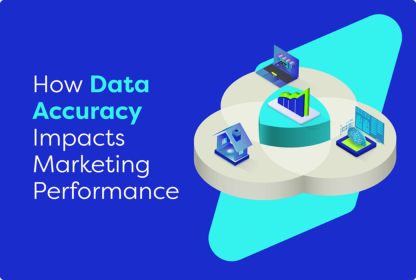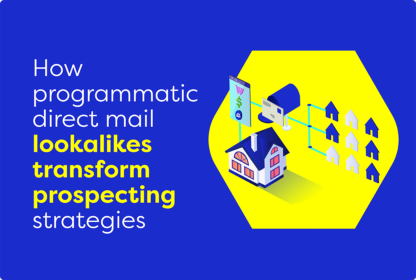Marketers are under tremendous pressure to find and convert prospects. Yet, ad fatigue, rising acquisition costs, privacy regulations, and slow organic growth have made the path to success seem like an uphill battle.
To grow their customer base and hit KPIs despite these challenges, leading brands are ripping up the traditional marketing playbook and embracing data-driven acquisition strategies, such as targeting lookalike audiences.
While the concept of lookalike audiences isn’t new—Facebook (now Meta) introduced the feature in 2013 to help advertisers reach users who share characteristics with their existing customers—its application has expanded far beyond social media.
Marketers now use the strategy across online and offline channels to identify and engage net-new audiences that look and act like their best customers.
Some of the most successful brands are seeing an 8x incremental return on advertising spend (iROAS), on average.
Here’s what they’re doing differently to drive performance at scale.
5 Proven Strategies for Smarter Lookalike Targeting
1. Go beyond demographic and psychographic attributes
The most effective lookalike campaigns target prospects who look and act like your best customers. After all, no two individuals behave precisely the same. For example, one person buys a pair of boots for work, whereas someone else buys them for style. Relying solely on demographic or psychographic attributes—like construction workers—to identify prospective customers could ignore many other high-value prospects with active purchase intent.
Your brand’s first-party data is critical for finding prospects most likely to love your products or services and take action. But you only see a tiny sliver of each customer’s shopping behaviors. The best partners will connect your data to billions of first-party online and offline identity, intent, and transaction signals so you have a holistic view of customers’ intent and purchase history across hundreds of leading brands. This is essential to identifying, modeling, and optimizing a decision-ready lookalike audience.
3. Optimize in real-time with machine learning
Rome wasn’t built in a day—and neither was your lookalike audience. AI and machine learning algorithms can boost the effectiveness of lookalike campaigns by identifying traits that define high-value segments and optimizing them daily. This feedback loop allows you to continuously pinpoint new audiences with a high propensity for conversion and optimize against your KPIs in real-time.
4. Measure incrementality
The best way to know which campaigns are working (and which aren’t) is by measuring incremental performance lift. Leading brands use automated hold-out groups for every lookalike campaign so they can review the data, verify results, and ensure they’re making the right marketing investments.
5. Diversify your marketing channels
In addition to social media, lookalike audiences can (and should) be used for prospecting across advertising channels—from Google to CTV. For example, brands like Virgin Voyages, Blue Nile, Mejuri, and BBQGuys use PebblePost Lookalikes to acquire new customers at scale using programmatic direct mail. Channel diversification enables your brand to reach incremental audiences, stay top of mind longer, and drive more conversions.
How Top Brands Use Lookalike Audiences to 8x Their iROAS
Maximizing iROAS isn’t about casting the widest net—it’s about casting the smartest one. Brands that build multi-channel lookalike campaigns using high-quality first-party data and AI-driven insights will reach high-value prospects and unlock sustainable growth.
Ready to supercharge your customer acquisition strategy? PebblePost Lookalikes leverages first-party transaction, intent, and customer data from hundreds of leading brands, along with AI and machine learning, to help you easily and cost-effectively grow your customer base.
Discover how PebblePost Lookalikes can take your prospecting to the next level.



